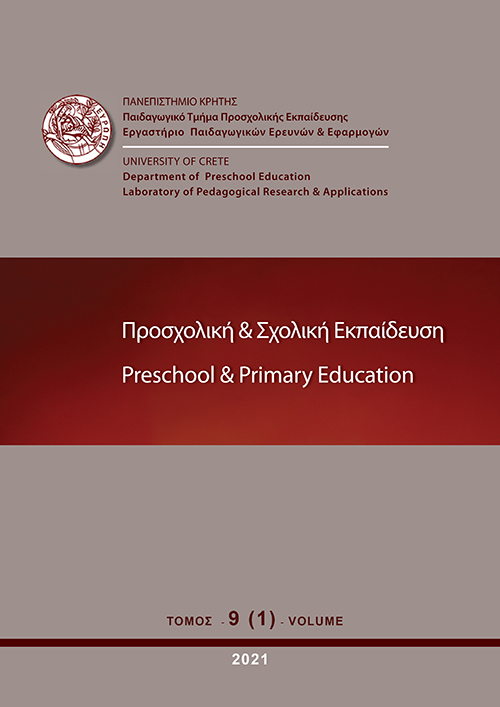Secondary special education teachers’ beliefs towards their teaching self-efficacy

Abstract
The self-efficacy of special education teachers is a key aspect of the educational process for inclusive learning and co-teaching. However, research on self-efficacy perceptions in the area of special education and particularly in the field of parallel support is very limited. The aim of this research is to adapt a scale measuring the beliefs of special education teachers’ self-efficacy in supporting students in need of parallel support in secondary education and therefore to investigate those beliefs as well as the factors that affect them. The study involved 147 special educators for supporting students in Greek junior high schools or high schools. To study and investigate the research questions, the “Teachers' Sense of Efficacy Scale” (TSES) of Tschannen-Moran & Woolfolk-Hoy (2001) was adapted. The results demonstrate that special education teachers report high levels of teaching self-efficacy with male special education teachers being distinguished by significantly higher self-efficacy levels, compared to females. Moreover, a positive correlation between the experience of participants and their levels of self-efficacy, a small negative correlation between the number of supported students and their levels of self-efficacy regarding teaching strategies as well as a medium negative correlation between the number of supported students and their levels of self-efficacy regarding student management, were revealed.
Article Details
- How to Cite
-
Mastrothanasis, K., Zervoudakis, K., & Xafakos, E. (2021). Secondary special education teachers’ beliefs towards their teaching self-efficacy. Preschool and Primary Education, 9(1), 28–51. https://doi.org/10.12681/ppej.24646
- Issue
- Vol. 9 No. 1 (2021)
- Section
- Articles

This work is licensed under a Creative Commons Attribution-NonCommercial-ShareAlike 4.0 International License.
Authors who publish with this journal agree to the following terms:
- Authors retain copyright and grant the journal right of first publication with the work simultaneously licensed under a Creative Commons Attribution Non-Commercial License that allows others to share the work with an acknowledgement of the work's authorship and initial publication in this journal.
- Authors are able to enter into separate, additional contractual arrangements for the non-exclusive distribution of the journal's published version of the work (e.g. post it to an institutional repository or publish it in a book), with an acknowledgement of its initial publication in this journal.
- Authors are permitted and encouraged to post their work online (preferably in institutional repositories or on their website) prior to and during the submission process, as it can lead to productive exchanges, as well as earlier and greater citation of published work (See The Effect of Open Access).


